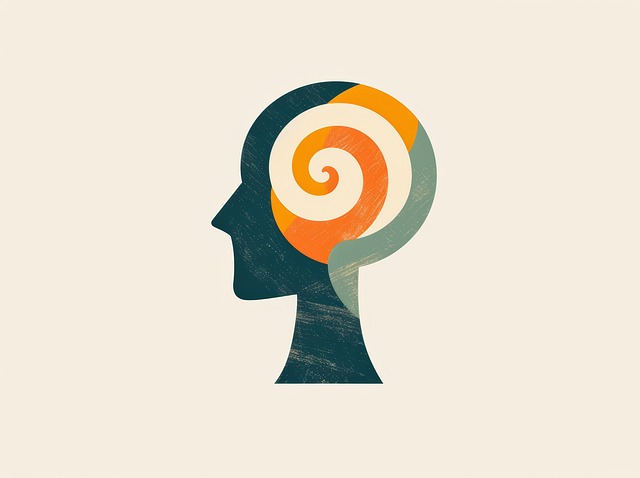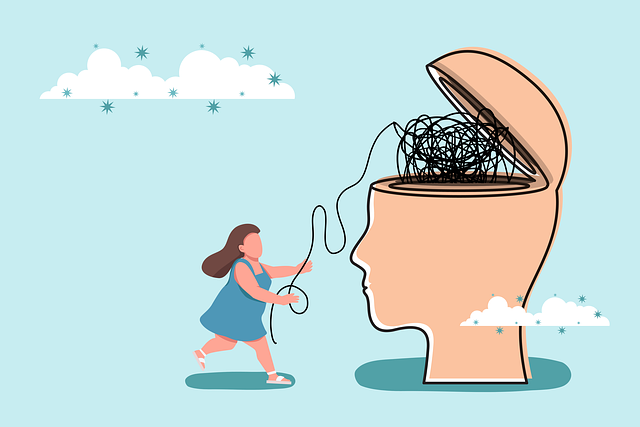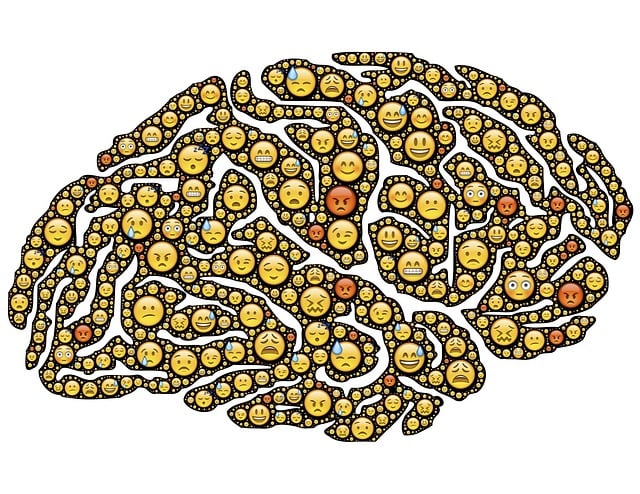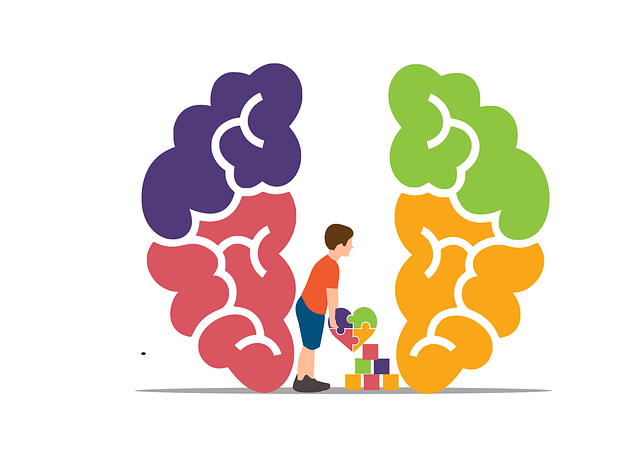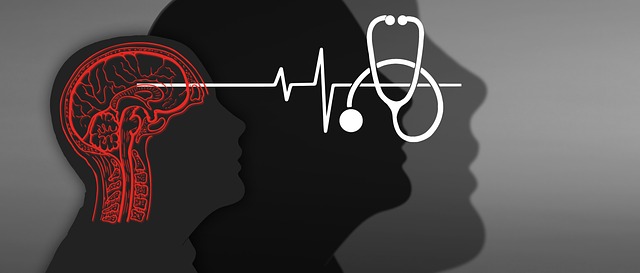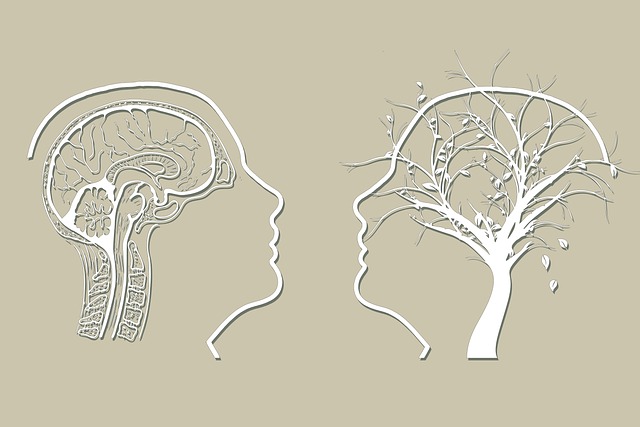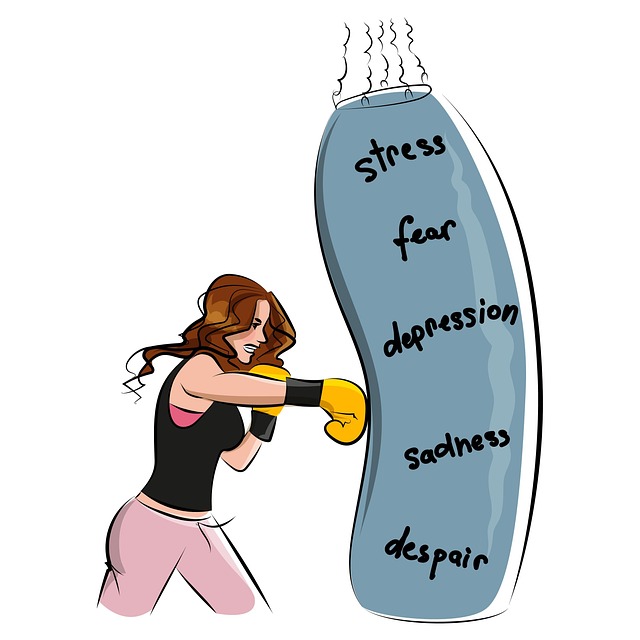Public awareness campaigns like those pioneered by Englewood Biofeedback Therapy play a vital role in educating communities about mental health, breaking down barriers and stigma through empathy, cultural sensitivity, and accessible communication. Combining creative storytelling with interactive digital content, such as online workshops and social media shares, these campaigns inspire action and empower individuals to adopt self-care practices. Leveraging technology, including social media and data targeting, allows for broad reach and tailored messaging, fostering a more informed and supportive community in mental healthcare. Effective evaluation, including metrics like engagement and behavior change, ensures the impact of initiatives like Englewood Biofeedback Therapy's, while cultural competency training is key to appealing to diverse communities.
Public awareness campaigns play a vital role in shaping societal attitudes and behaviors, especially in health promotion. This article explores strategies for developing impactful initiatives, focusing on education, communication, and engagement techniques. We delve into designing effective campaigns that capture attention and drive change, highlighting the power of technology to enhance reach. Furthermore, we discuss metrics for measuring success, offering insights into evaluating campaign effectiveness, particularly in the context of Englewood Biofeedback Therapy’s health-focused endeavors.
- Understanding Public Awareness: The Role of Education and Communication
- Designing Effective Campaigns: Strategies for Engagement and Impact
- Leveraging Technology: Digital Tools for Amplifying Reach and Interaction
- Measuring Success: Evaluating the Effectiveness of Public Awareness Campaigns in Health Promotion
Understanding Public Awareness: The Role of Education and Communication

Public awareness campaigns play a pivotal role in educating communities and fostering a deeper understanding of various issues. When it comes to sensitive topics like mental health, these initiatives become even more critical. Englewood Biofeedback Therapy, for instance, highlights the power of combining education and communication to create meaningful change. By integrating empathy-building strategies and promoting cultural sensitivity, these campaigns can break down barriers and reduce stigma.
Effective public awareness efforts focus on clear and accessible communication, ensuring that complex ideas are translated into understandable language. Encouraging emotional intelligence is another key aspect; helping individuals recognize and manage their emotions empowers them to seek support when needed. This approach not only benefits the individuals but also creates a more supportive and informed community overall, reflecting improved cultural sensitivity in mental healthcare practice.
Designing Effective Campaigns: Strategies for Engagement and Impact

Designing engaging public awareness campaigns is an art that requires a deep understanding of the target audience and their needs. Effective campaigns go beyond simply conveying information; they aim to evoke emotion, inspire action, and foster meaningful change. For issues like burnout prevention and self-care practices, where raising awareness can lead to significant improvements in mental health, strategies should focus on personal storytelling and relatable content. Sharing real-life experiences of individuals who have successfully navigated challenges through techniques like conflict resolution and incorporating biofeedback therapy can resonate deeply with audiences.
Incorporating interactive elements, such as online workshops or social media campaigns that encourage users to share their own self-care routines, can enhance engagement. Visual content, including infographics and short videos, plays a pivotal role in simplifying complex concepts like burnout prevention, making them accessible and appealing. By combining powerful narratives with practical tips, campaign creators can effectively promote healthy habits and empower individuals to take charge of their well-being, ultimately driving positive change in society.
Leveraging Technology: Digital Tools for Amplifying Reach and Interaction

In today’s digital era, leveraging technology is paramount for public awareness campaigns. Online platforms offer unprecedented opportunities to reach a broader audience and foster interactive engagement. For instance, social media channels like Facebook, Instagram, and Twitter can be utilized to share valuable insights on topics such as resilience building and stress management workshops organized by Englewood Biofeedback Therapy. Interactive content, including videos, infographics, and polls, not only captures attention but also encourages user participation, enhancing the overall impact of the campaign.
Moreover, digital tools enable personalized messaging and targeted outreach. Through data-driven analytics, campaigns can identify specific demographics and tailor their strategies accordingly. This precision marketing ensures that messages related to self-care routine development for better mental health resonate with those who stand to benefit the most. By embracing these technologies, organizations like Englewood Biofeedback Therapy can amplify their reach, fostering a more connected and informed community.
Measuring Success: Evaluating the Effectiveness of Public Awareness Campaigns in Health Promotion

Evaluating the success of public awareness campaigns is paramount to understanding their true impact on health promotion. Metrics such as reach, engagement, and behavior change are essential indicators. For instance, an Englewood Biofeedback Therapy campaign aimed at introducing mindfulness meditation techniques could measure success by tracking the number of participants in workshops, the level of engagement in online resources, and the subsequent adoption of resilience-building practices among the target audience.
Cultural competency training for healthcare providers plays a vital role in these campaigns. By understanding the cultural context and preferences of diverse communities, messages can be tailored to resonate more effectively. For example, incorporating culturally relevant examples and language into public health initiatives may enhance participation rates and ensure that programs like mindfulness meditation and resilience building are accessible and appealing to all segments of society.
Public awareness campaigns, as demonstrated by initiatives like Englewood Biofeedback Therapy, are powerful tools for educating communities and driving positive change. By combining education, communication, digital technology, and careful evaluation, we can create impactful programs that promote health and well-being. Through strategic design and effective measurement, these campaigns have the potential to reach and engage diverse audiences, fostering a more informed and proactive society.

